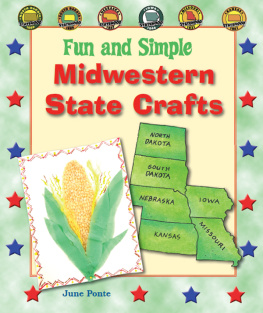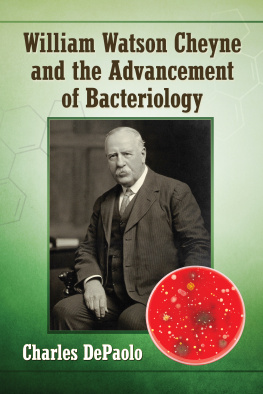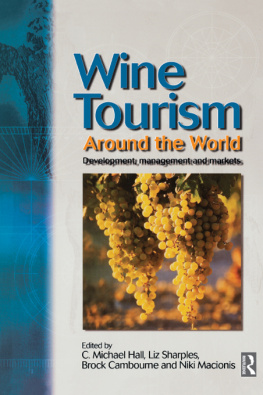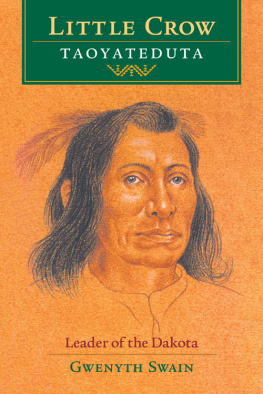Published by American Palate
A Division of The History Press
Charleston, SC
www.historypress.net
Copyright 2017 by Denise DePaolo and Kara Sweet
All rights reserved
Cover images: Front image courtesy of Belle Joli winery.
First published 2017
e-book edition 2017
ISBN 978.1.43966.225.0
Library of Congress Control Number: 2017938336
print edition ISBN 978.1.62585.843.6
Notice: The information in this book is true and complete to the best of our knowledge. It is offered without guarantee on the part of the authors or The History Press. The authors and
The History Press disclaim all liability in connection with the use of this book.
All rights reserved. No part of this book may be reproduced or transmitted in any form whatsoever without prior written permission from the publisher except in the case of brief quotations embodied in critical articles and reviews.
FOREWORD
From a laymans perspective, appreciating wine can be seen as merely an epicurean pastime or perhaps even wine snobbery. Yet the enjoyment of wine quite transcends what we pour out of the bottle. It echoes both the ingredients and the vintage. And in South Dakota, it also signals the language of the shoulders of the Missouri River and the feet of the Black Hills.
The tradition surrounding wine in our region can be traced back at least two hundred years. Following the Louisiana Purchase in 1803, President Thomas Jefferson commissioned a group of volunteers to explore the newly acquired land. These volunteers, led by Meriwether Lewis and William Clark, were charged primarily with the tasks of mapping the annexed territory and finding a water route that traversed it. The literature concerning the expeditions path through the Great Plains made numerous references to various species of grapes, including Vitis riparia (wild grapes). The expedition also made note of additional grape species and various other fruits that had been growing amid the prairie grasslands and the Missouri River Valley, which bisects South Dakota.
European settlers came to this area in the latter half of the 1800s from countries with latitudes similar to those of the Dakotas. They proved up on homestead claims with tenacity and assiduous work and were able to survive and even flourish. The skill set of the commonplace Dakotan pioneer had to include various abilities out of necessity, but the ability of winemaking was likely pursued out of passion. The austerity of the hills and prairiesand possibly the isolation the settlers feltinspired their resourcefulness. The long, cold winter nights galvanized early Dakotans toward self-reliance. They gathered, grew and produced anything they were able to when resources were plentiful and made the best of their new environment for the days when the sun didnt shine. In those days, a single miscalculation in planting or failure of a single crop could mean the difference between a comfortable winter and starving to death.
Despite all the uphill battles, the earliest winemakers (either the homesteaders or hobbyists) turned to other products in their backyards. Plants such as the plentiful chokecherry, the hardy currant, the implausible rhubarb and the wily buffaloberry allowed them to capture not only a crop but also a season and a time when the sun was shining and the warm days were plentiful.
Years later, Dr. Ron Peterson at South Dakota State University scoured the same river trails and prairies to find the wild grapes that Lewis and Clark had mentioned in their accounts. Dr. Peterson knew that the wild varieties had sustained in the harsh climates of the Dakotas and Montana. Petersons early work to develop a hardy hybrid indeed produced the Valiant grape. It also furthered the understanding of what allowed species to survive in the harsh winters yet bear the fruits we have come to know now.
A few pioneering spirits in various corners of the state, like the Schades and the Jacksons, planted various grape varieties in their vineyards. They planted vines, erected trellises, fought weeds, replanted vines, pruned stalks, irrigated vines, replanted again and birthed commercial vineyards. All these struggles and tireless contributions gave wineries something that was, at least, familiar to the region.
After the enabling legislation was passed in 1996, Winery Number One received the legal authority to make and sell wine. Others followed, and production began to grow, slowly at first. The earliest winemakers schlepped their wine to retailers. They gave away samples to convince people winemakers had something worthy. They offered bottles of wine and included stories of the vineyard or how they had picked plentiful chokecherries last season. They found eager audiences that remembered a favorite wine that their uncle or grandmother had made years ago. The drinkers imbibed in the good times and relaxed a little in the present.
The contemporary hybrid cultivars of Frontenac and Brianna, as well as newer varieties including Marquette and Petite Pearl, are on their way to proving their worth to the areas winemakers. Vineyards still battle through intensely cold seasons, with early breaks in dormancy and late freezes, followed by short, hot and arid growing conditions.
Whether they started out in the garage, basement or barn, winemakers in the state thirsted for the science behind what allowed them to make wine utilizing all the character of what each season delivered. When grapes begin their ripening, acids will dissipate and sugars and varietal flavors will develop. In South Dakota, a cool season, the threat of an early frost or even impatience with the process will compromise how good a crop can be. It takes an artist to ply his or her knowledge and experiences to produce fine wines with these ever-changing media.
The wine artists started commanding attention. Their hard work, their stories and their bottled-up experiences lured those seeking a soft and mellow transition from their normal distilled indulgences or everyday carbonations. Experienced wine drinkers held their noses in the air until their senses found some similarities to a Riesling and the allure of something that wasnt grown in California.
Wine became vogue on the prairies and in the small towns that were starved for something they could call their own. Honey was fermented, and local fruits colored the legacy of light, sweet clover. Prairie fruits bursting with all the seasons nuances challenged even the most experienced winemaking knowledge. The indifference of rhubarb led customers to a whimsical or serious appreciation of what people had enjoyed in a pie from grandmas wood-fired oven.
Neighbors now had something they could relate to and boast about to visitors. And they did. They talked about the plentiful wild plums last year. They bragged about the winery down the road. They sipped some new acquaintances like the hybrid grapes St. Pepin, Kay Gray and La Crescent. Some of those early friends were passed up as growers leaned toward favorites and their wisdom-tempered older vines.
The states wineries have come into their own. Quite a few varieties and winery offerings are featured in local liquor stores and wine shops. Tried-and-true varieties are patiently anticipated with each new offering that we love or might leave for a different time. In 2015, legislation allowed direct shipments to in-state customers, for both South Dakota wines and wines from all over.









